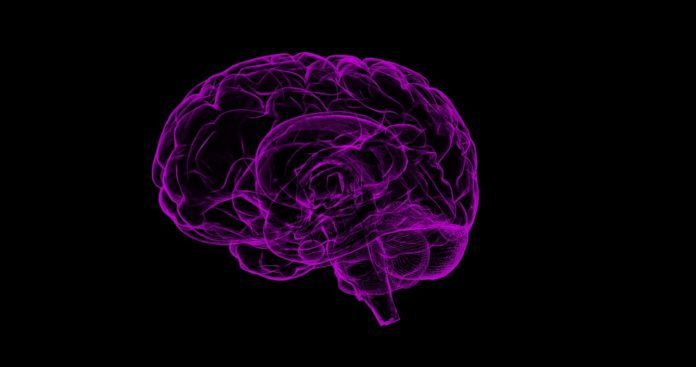It’s difficult to assume the world in four dimensions. A new study suggests that our multi-dimensional brain operates in up to 11 dimensions. Through this study, scientists just started to reveal the deepest architectural secrets.
For the study, neuroscientists used a classic branch of maths in a totally new way. They just wanted to scan the structure of our brains. Their aim was to build biologically detailed digital reconstructions and simulations of the rodent, and ultimately the human brain.
The study comes under the project called Blue Brain Project. By using algebraic topology in a completely new manner, they have discovered a universe of multi-dimensional geometrical structures and spaces within the networks of the brain. Algebraic topology is a branch of mathematics used to describe the properties of objects and spaces regardless of how they change shape.
Scientists explained, “These structures form when a group of neurons forms a clique. Each neuron connects to every other neuron in the group in a very specific way that generates a precise geometric object. The more neurons there are in a clique, the higher the dimension of the geometric object.”
Neuroscientist Henry Markram, director of Blue Brain Project said, “We found the world that we had never imagined. There are tens of millions of these objects even in a small speck of the brain, up through seven dimensions. In some networks, we even found structures with up to eleven dimensions.”
“It may explain why it has been so hard to understand the brain. The mathematics usually applied to study networks cannot detect the high-dimensional structures and spaces that we now see clearly.”
According to neurons, with multiple connections. With such a huge number of connections to work with, it difficult to understand how the brain’s neural network actually operates.
To perform some mathematical tests, scientists used a detailed model of the neocortex. The neocortex is the most evolved part of the brain and the seat of our sensations, actions, and consciousness.
Scientists then performed multiple tests to show that the multi-dimensional brain structures discovered could never be produced by chance. And the test confirms that the brain constantly rewires during development to build a network with as many high-dimensional structures as possible.
The algebraic topology provides mathematical tools for discerning details of the neural network both in a close-up view at the level of individual neurons and a grander scale. By connecting both two levels, scientists could detect geometric structures in the brain.
Scientists noted, “We found a remarkably high number and a variety of high-dimensional directed cliques and cavities, which had not been seen before in neural networks, either biological or artificial.”
A mathematician Kathryn Hess from EPFL said, “Algebraic topology is like a telescope and microscope at the same time. It can zoom into networks to find hidden structures, the trees in the forest, and see the empty spaces, the clearings, all at the same time.”
When the researchers connected the virtual brain tissue with a stimulus that the researchers refer to as cavities, they saw that neurons were reacting to it in a highly organized manner.
Mathematician Ran Levi from Aberdeen University in Scotland, said, “It is as if the brain reacts to a stimulus by building [and] then razing a tower of multi-dimensional blocks, starting with rods (1D), then planks (2D), then cubes (3D), and then more complex geometries with 4D, 5D, etc.”
“The progression of activity through the brain resembles a multi-dimensional sandcastle that materializes out of the sand and then disintegrates.”
Now scientists are finding for where the brain stores its memories.
